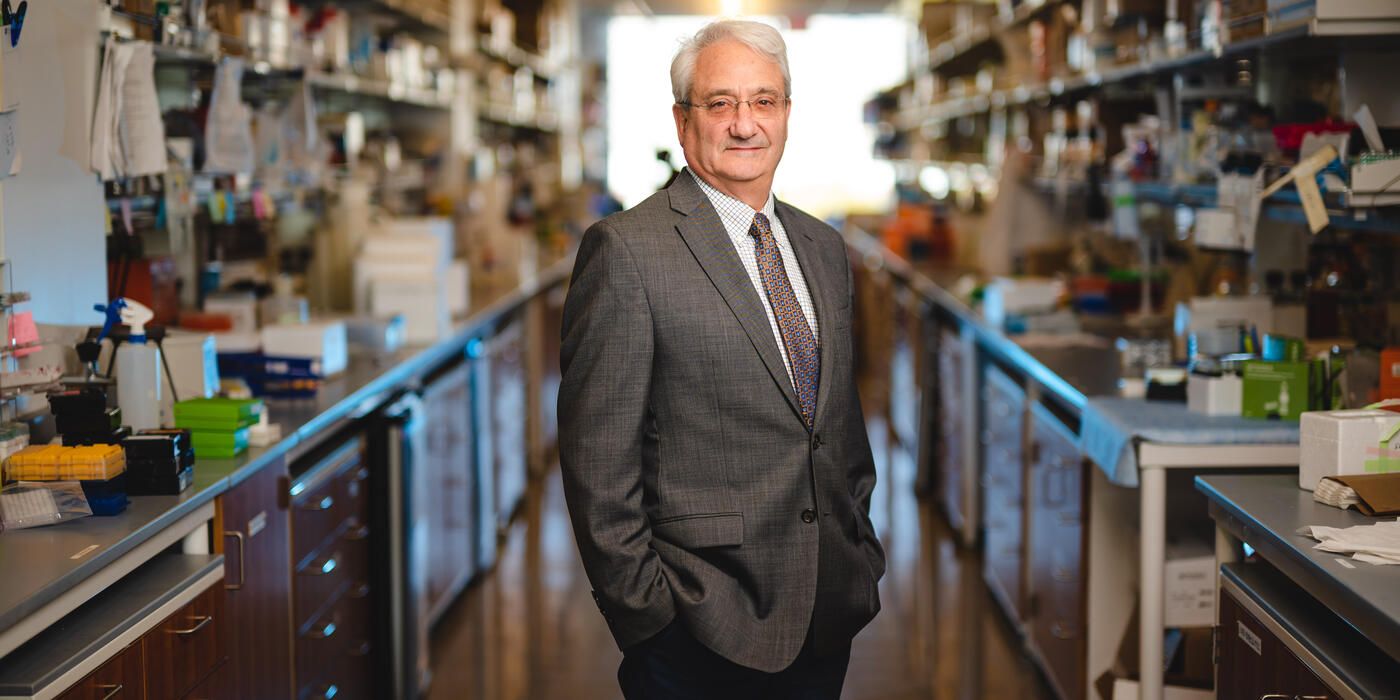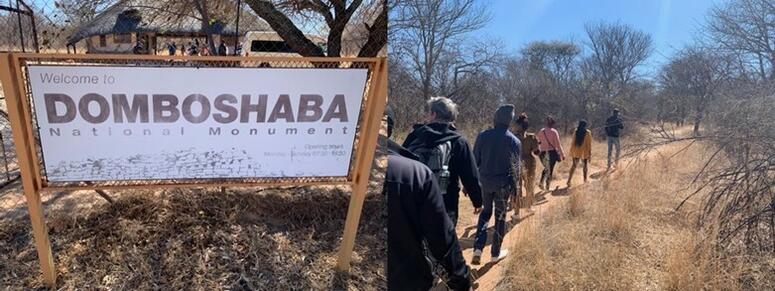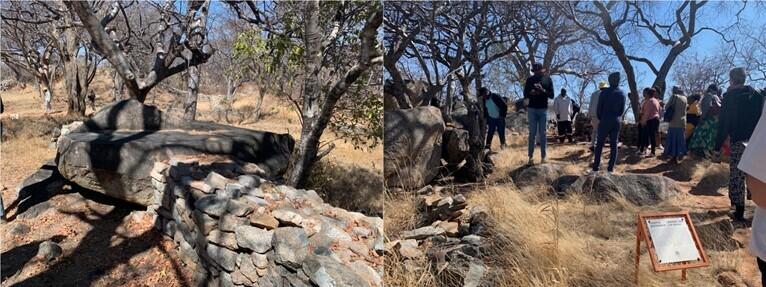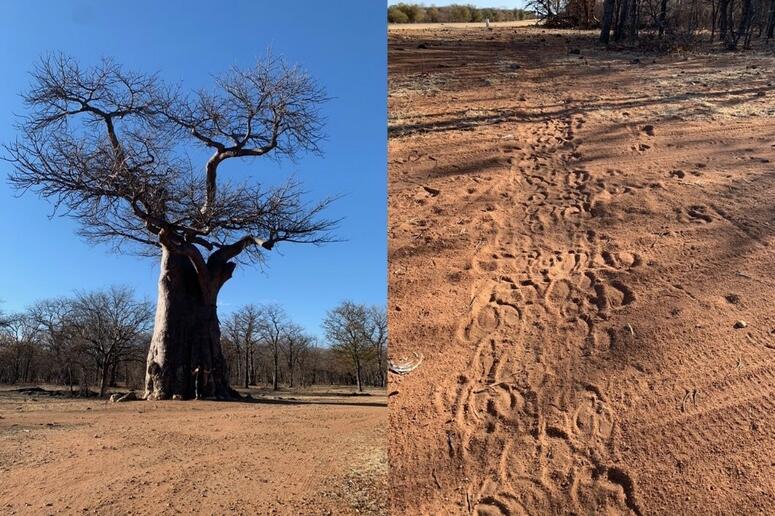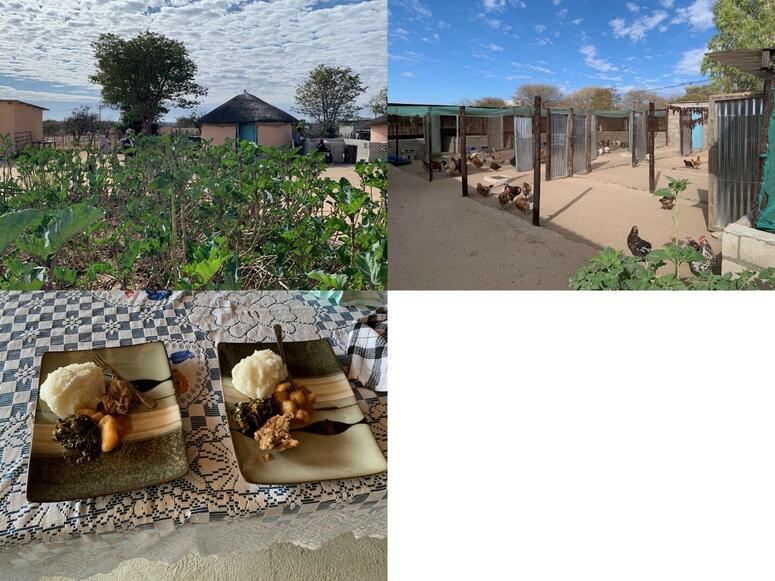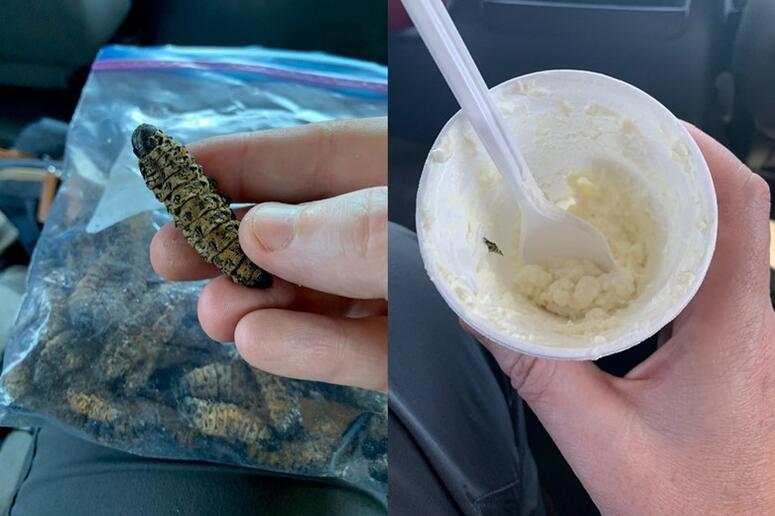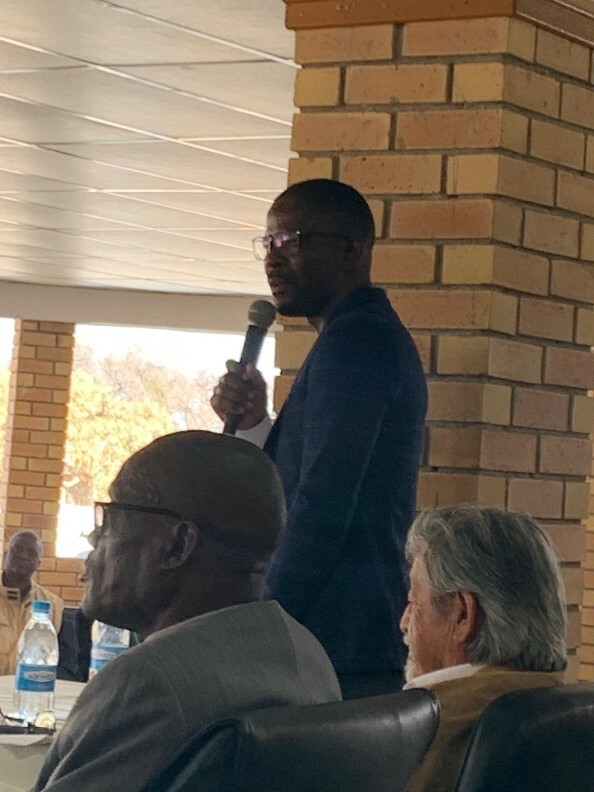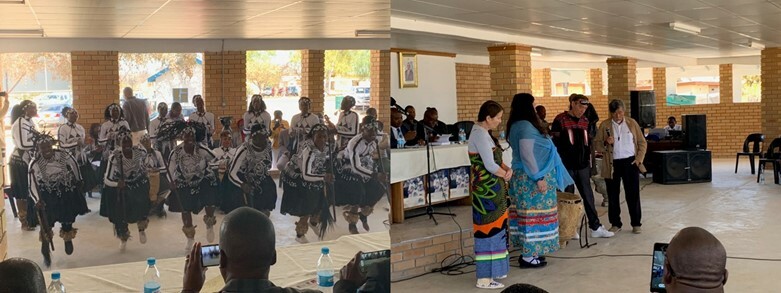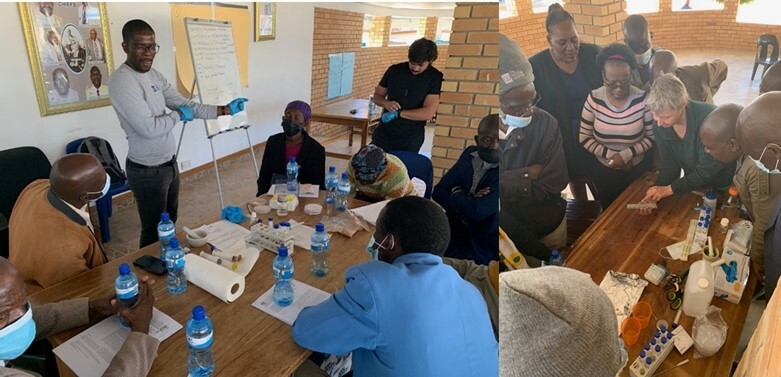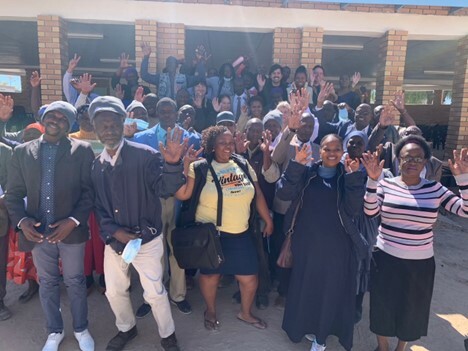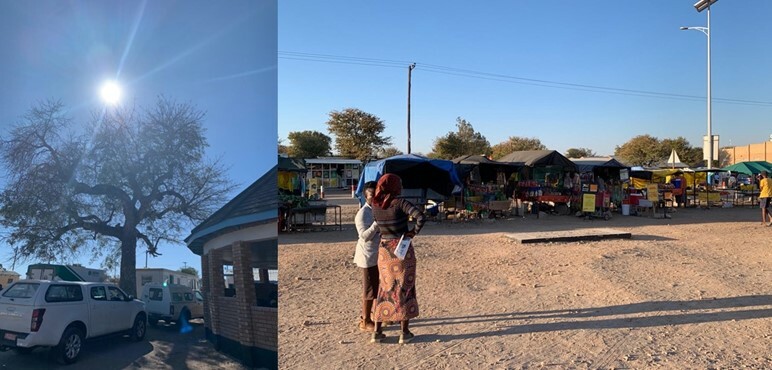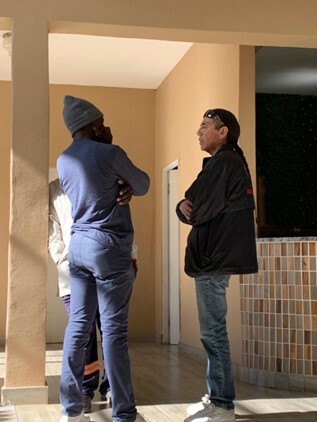Dr. Cori Bargmann: A Q&A with the Winner of the 2023 Helen Dean King Award
Wistar researchers, staff and guests gathered to present the 2023 Helen Dean King Award to Dr. Cori Bargmann, Torsten N. Wiesel Professor and head of the Lulu and Anthony Wang Laboratory of Neural Circuits and Behavior at The Rockefeller University. Dr. Bargmann was recognized for her work exploring the genetic and neural circuit mechanisms of behavior in pursuit of understanding how genes influence decisions.
The award, established in 2016 to honor women who have achieved distinction in biomedical research, is named after Dr. Helen Dean King, a well-respected geneticist and member of Wistar’s research staff from 1908 to 1950.
We sat down with Dr. Bargmann to learn more about the nature of her research and its applications.
The human brain has 86 billion neurons, but the worms you study have 302 neurons in their whole body. Just how similar are their neural functions to ours?
There’s no question that worms have much simpler capabilities and information processing than humans. Worms are never going to speak French or play the piano. There’s a limit to what their central nervous systems can do — and a limit to how far you can apply and understand many important processes in human psychology, cognition, neurology, and so on.
One of the big surprises, even to those of us who work in invertebrate biology, was the discovery that genes encoded in the genome and active in the nervous system are actually highly conserved among different species. So, 75% of the genes that are present in a human are present in other animals, including invertebrates. And that includes many of the genes that are implicated in human neurological, developmental, or psychiatric disorders.
I remember going to the first talk that uncovered some of the genetic risk factors for bipolar disorder. Ed Scolnick used large-scale human studies to identify two genes implicated in these diseases, and it turned out that they were the exact same two genes that my lab was studying in C. elegans at the time. That really confirmed that the machinery used to build complex brains is really the same as the machinery that’s being used to build simple brains. You can study it in a complex system or a simple system, but underneath it all, it’s the same machinery. Genes are like a vocabulary of biology, and our genes speak the same fundamental language for all animals.
Your work looks at how neurons can form circuits in response to genes and environmental cues. How rigid or flexible are these connections?
We certainly know that many animals — worms, mice, even people — can sometimes have an experience that they then remember for their entire life. These long-lasting changes in the brain stabilize and become very robust over time. But there are other forms of flexibility in the brain that are much more dynamic and transient; these functional connections can form and dissolve as needed. That kind of dynamism is also present in worms.
Learning and memory excite many researchers, but we’ve been less focused on cognition per se than studying how neurons can form reversible functional networks. When an animal is in a good environment, it will generate one set of behaviors, but when it moves to a stressful environment, it will just flip and generate a completely different set of behaviors with the same nervous system. In complex organisms like mice and people, even these kinds of basic nervous system reactions are incredibly elaborate because of the sheer number of neurons. But in the worm, you can really see how this exceptionally small system can give rise to completely different behaviors. There aren’t nearly enough neurons to accommodate a “one neuron, one function” design. So worms rewire their machinery somehow, actively and dynamically — and that’s something in which my lab is very interested.
I’m only looking at 302 neurons, so I can realize a more detailed sense of what’s causing a response than I could if I were to look at your brain. These worms are working with the same molecular machinery as you and me — and applying it to fewer neurons. You’ve heard of oxytocin, serotonin, and dopamine; all these molecules are present and fulfill similar roles in these tiny organisms as they do in our massive brains.
The worms’ simplicity allows us to better understand ourselves because the biology is the same all the way down, even to the simplest organisms. Brains are like computers. Now think about the history of computers. The circuitry in your laptop or even your cell phone is obviously much more advanced than the vacuum tubes from the 1950s — but a transistor is a transistor. In the same way, a neuron is a neuron.
How do you go from a small-scale understanding of neurobiology to understanding complex disorders and pathologies?
Because worms have very simple systems — we can uncover useful information about how neuronal systems work. And that can inform how other researchers might approach something like an anxiety disorder or autism.
We humans have complex interpersonal experiences and inner lives. While I know that we can sometimes look at something like a mother mouse defending her young and anthropomorphize because we recognize similar behaviors in ourselves, my research has taught me to instead zoo-morphize humans. Remember during the height of the pandemic, when we were locking down, when a lot of us were feeling on-edge and irritable? Well, it turns out that if you stick a mouse in isolation for two weeks, its brain produces a lot of certain neuropeptides called tachykinins, which cause it to be more aggressive and fearful. All this is to say that biology is biology. Studying neurobiology at the minute level can help us humans understand when that biology is working with us as well as when it’s working against us.
Congratulations on receiving the Dr. Helen Dean King award, whose story is quite an inspirational one. Was there any scientist whose work inspired you to become the researcher you are today?
My own love of the problems that I study in behavior was inspired by the work of classical neurobiologists in the 1930s. Studies like those of Konrad Lorenz, who studied parental behaviors and the bonding of mother and offspring — what’s called imprinting.
Then there’s Karl von Frisch, who studied the honeybee waggle dance. And, of course, Nikolaas Tinbergen, who studied innate aggressive behaviors. There’s a famous story about Tinbergen having a fish in a fishbowl on his windowsill. A red mail truck comes by, and the fish goes into a highly aggressive display because the fish is a red fish — he thinks the truck is another male. What those scientists in the 1930s were saying is, “Look, there are parts of behavior that are shared by every individual in a species and the behaviors are innate.” But they knew nothing of genes, or DNA, or how that might work.
Today, scientists like me look at these shared behaviors and say, “Hey, there must be something genetic underlying these patterns; each behavior must be encoded in a genetic template.” And then we ask questions: What is that template? What genes are involved, and how do they work? Those initial discoveries inspired me to think about these questions and how to answer them. That fish in the bowl, almost 100 years ago, was displaying exactly the same kind of behavior that my lab and many others are studying. Except now, we know which neuropeptides the red mail truck triggers in the fish.
Last question: favorite neurotransmitter?
Ah, that’s not fair, they’re all great! I’m not prepared to choose a favorite. That said, serotonin is very interesting in the way that it can achieve paradoxical effects. I’d say at any given time, I’m most attached to the neurotransmitter I don’t understand yet.




